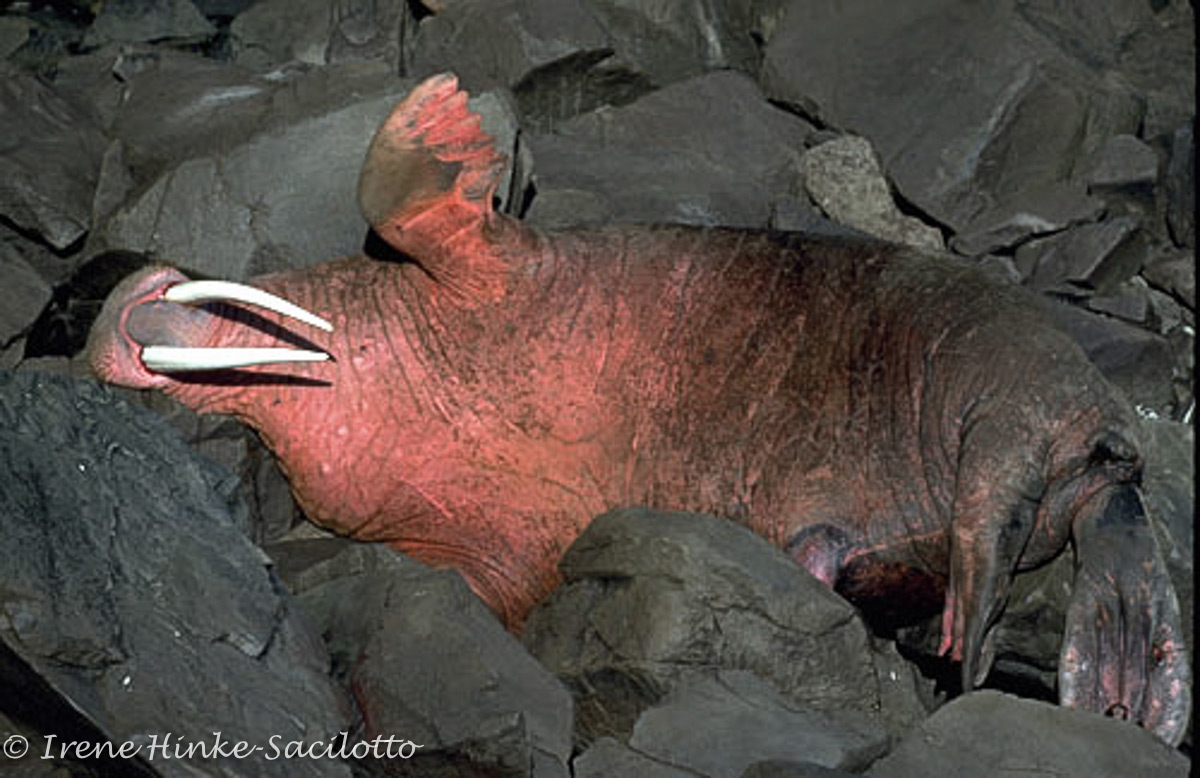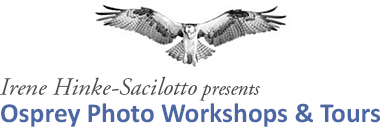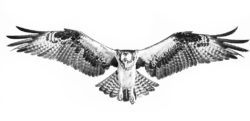“A Passion for Wildlife Photography, the Stories Behind the Images” (PART 5) More Tips for Locating Wildlife
CAMERA CLUBS & OTHER SOURCES OF INFO
Your fellow camera club members can be helpful pointing out local hotspots for wildlife photography. At one such club meeting in Manassas where I was delivering a lecture, I learned that elk herds exist in Pennsylvania, near Benesette http://elkcountryvisitorcenter.com/drupal/ . They are typically found where there is fresh browse. In the fall, the males bugled just like courtship in Yellowstone. Magazines such as Outdoor Photographer www.outdoorphotographer.com can be a great resource describing favorite locations for photography. Robert Hitchman has a newsletter “Photograph America” with detailed info on trails and photo perspectives for all types of photography. It’s a great resource if planning a trip. www.photographamerica.com Well worth the price.
WATER
Animals require 3 key things for survival, food, water and shelter. Therefore areas that provide these elements attract wildlife add offer photo opportunities. They are also good locations to place photo blinds (later discussion). For example, a pond or spring in an arid area can draw wildlife from great distances. On a ranch in south Texas I placed blinds (hides) near ponds that contained water during the hotter months of the year. At the end of the summer at Chincoteague NWR, water evaporates from the impoundments and waterways. Fish become trapped in the shallows where water remains and attract large numbers of hungry herons, raccoons, and other wildlife. Similarly, during the dry season in the wetlands of Brazil(the Pantanal) http://www.pantanal.org/Mainpant.htm, completion for food becomes fierce and animals become more visible as the water disappears.




FOOD
A reliable source of food will attract wildlife. Ripening seeds, acorns, crab apples, and fruit will attract monkeys, bears, and squirrels, as well as songbirds and other bird life. The upwelling of nutrients and food caused by strong currents such as those off the southern tip of South America attract marine life and provide food for whales, seals, sea lions, and penguins as seen in the Falkland Islands. The protected waters around Peninsula Valdes in Argentina offer shelter to elephant seals, southern sea lions, penguins, and calving southern right whales and attract photographers from around the world. But you don’t have to go to exotic places to attract and photograph wildlife. In your own backyard you can put out feeders with seed or suet, add a source of water and include an interesting perch nearby so you can capture images in what appears to be a natural setting.


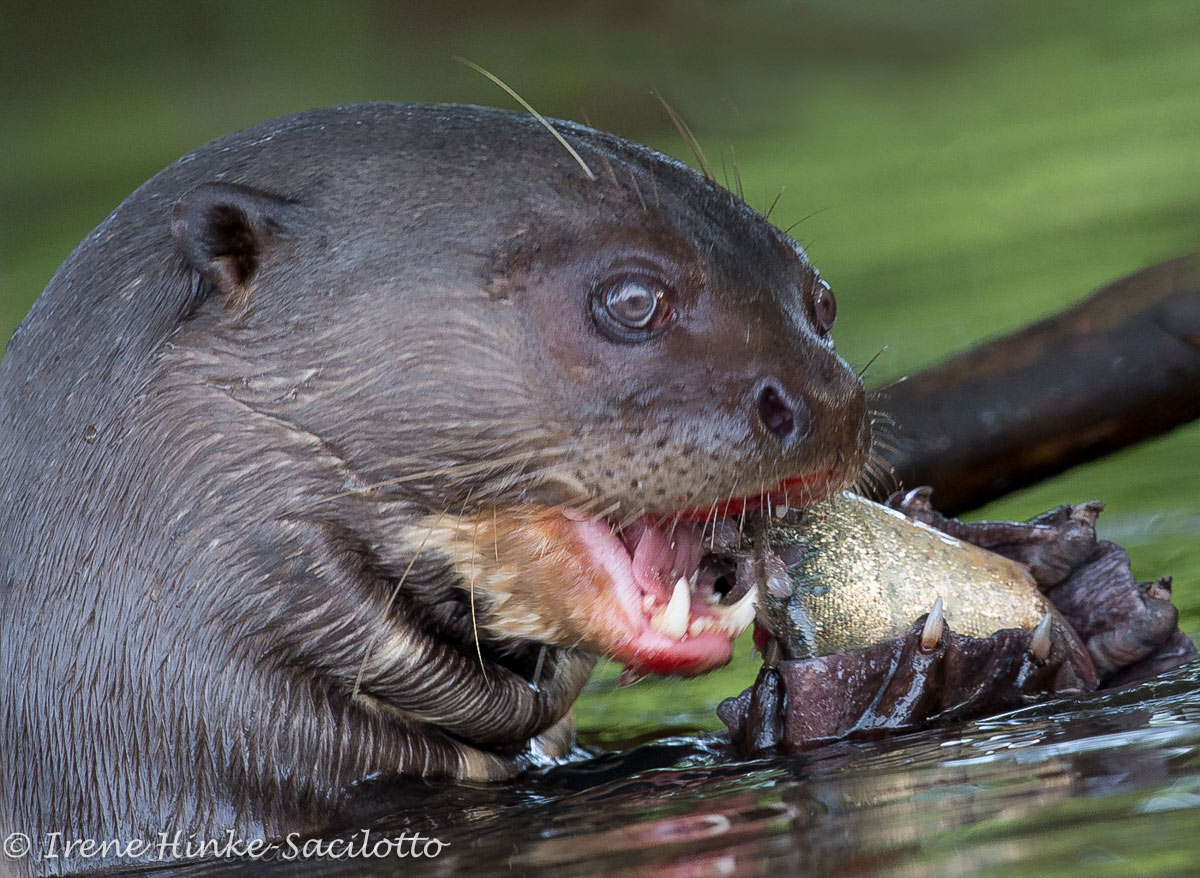
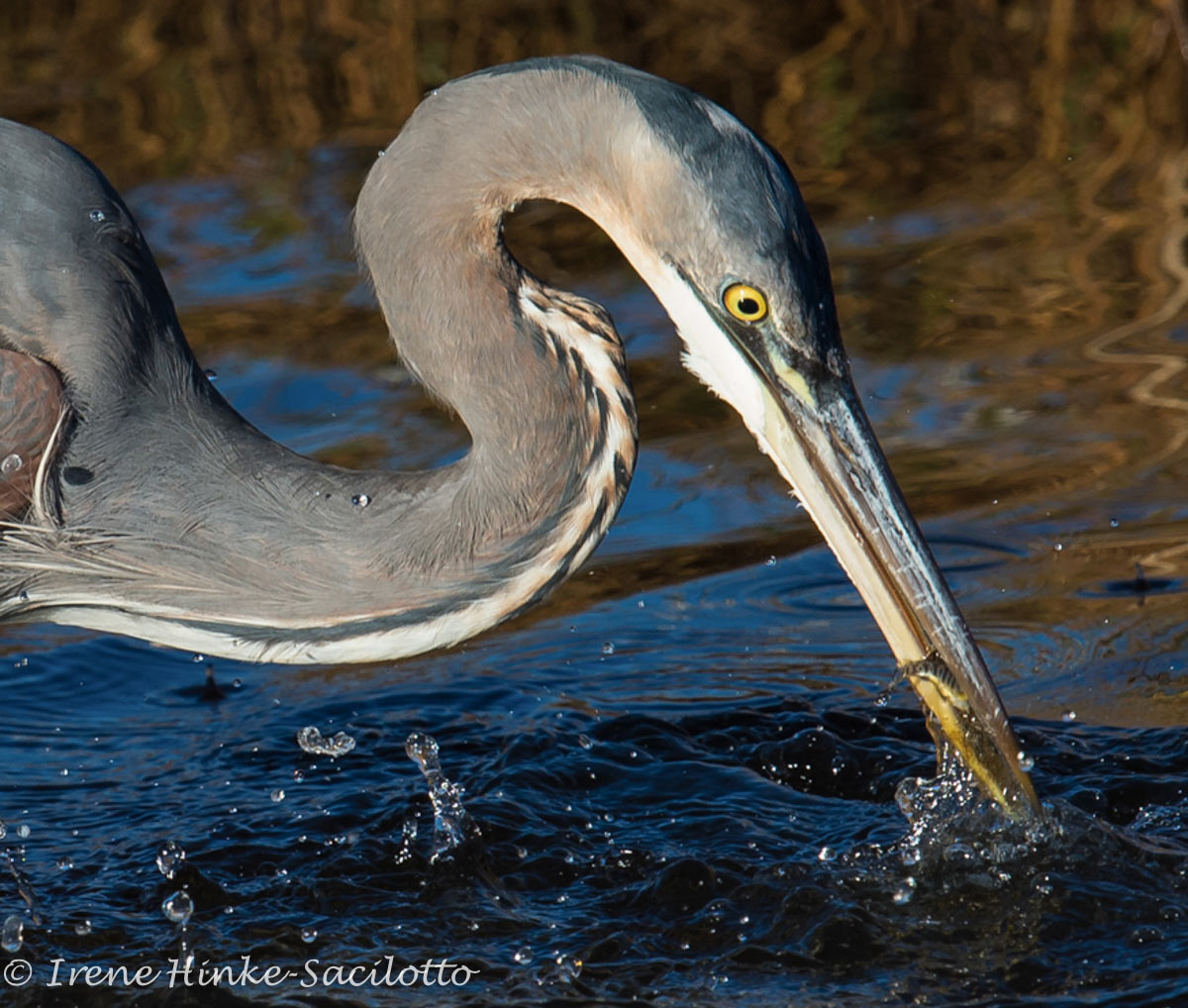

FAVORITE PERCHES
Birds such as kingfishers, cormorants, and kiskadees often dive for fish from the same perch and return there to consume their fish offering excellent opportunities for photographs. Turkeys, vultures, snail kites, and other birds often roost in the same location each night. These are perfect places to stake out with your camera.



DUSTING AREA & MINERAL LICKS
Mineral licks are also great places to photograph wildlife. At Custer State Park, SD http://gfp.sd.gov/state-parks/directory/custer/ buffalo, mule deer, and pronghorn frequent these bare patches of ground rich in minerals and nutrients. These spots are easy to recognize by the reddish color of the dirt. Other locations where animals return repeatedly are dusting areas, sections of bare ground and loose dirt where “wild burros”, buffalo, guanaco, horses, road runners and other animals kick up and roll in the dust to rid themselves of pests.

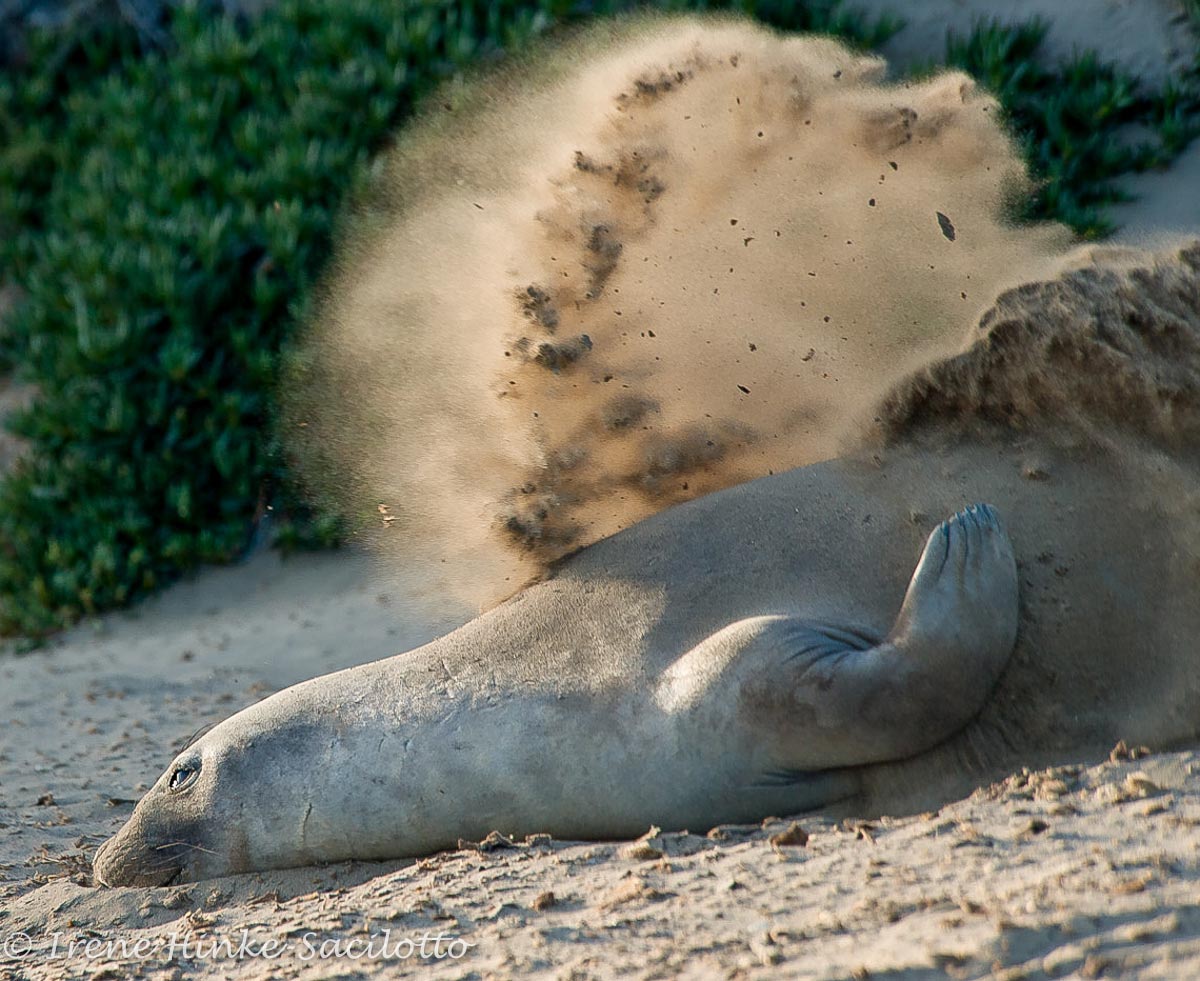
ICE, ROCKS & ISLANDS
If on a boat in Alaska, ice flows area good areas to look for seals. Round Island is prefect if interested in photographing walrus.
